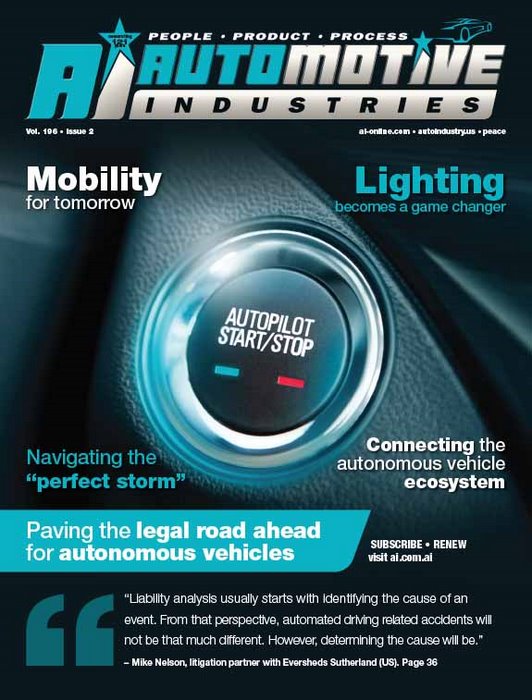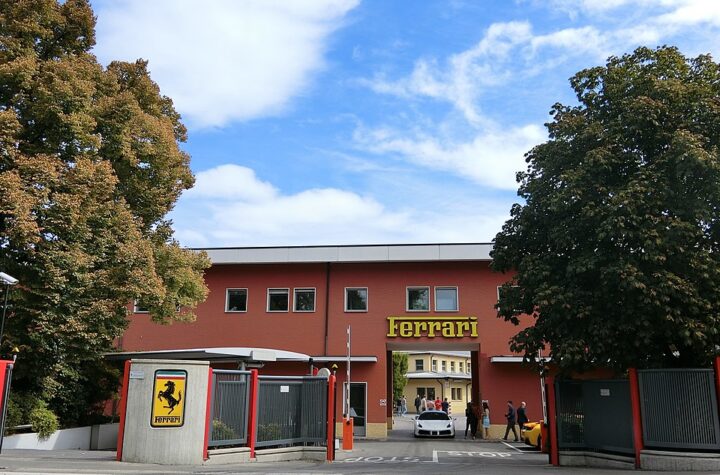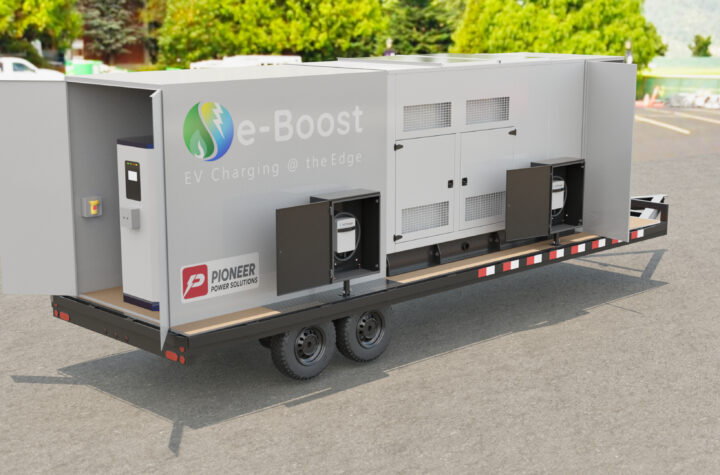
Complex legal and business issues surround automated cars and commercial vehicles, with technology outpacing the legal system in many instances.
The commercial vehicle sector is taking the lead at present. In late 2016 Uber autonomously transported a tractor-trailer full of Budweiser beer across the state of Colorado. Likewise, Freightliner has had some of its commercial vehicles operating autonomously on restricted access highway systems.
“The tests illustrate an overlooked aspect of automated driving technology, namely, that its biggest impact may not be in your driveway, but instead in how goods are transported throughout the United States. A host of traditional truck manufacturers and technology companies including Uber, Caterpillar, Peterbilt, Volvo and Daimler are already engaged in initiatives to develop automated driving technology for commercial trucks, but this technology does not come without some serious hurdles that may slow advancement,” says Mike Nelson, litigation partner with Eversheds Sutherland (US). Eversheds Sutherland is a global top 40 law practice.
Automotive Industries (AI) asked Nelson what are some of the legal challenges facing the developers, manufacturers and users of autonomous and connected vehicles.
Nelson: The technology is developing more quickly than the law. This is not unusual when technological advancements hit the marketplace and then the legal system adapts. Interactions with humans is part of the development process, and further complicating the creation of laws is the fact that we as a society are still trying to figure out what the new transportation system will look like.
AI: How useful are the recent NHTSA guidelines on driverless cars?
Nelson: NHTSA’s Federal Automated Vehicle Policy is effective for what it was intended to do – establish a framework and foundation to introduce how the agency will act in the future. Some of the parties involved and the public had hoped that NHTSA would deliver the standards that manufacturers would be held to for “driverless cars.” We are still a long way off from truly autonomous driving, but many manufacturers have already introduced models that have significant automated features. As my wife likes to say about our Tesla Model S, you hold onto it more than you drive it. Turning back to the NHTSA guidance, it emphasizes safety as the priority as a matter of policy. It identifies the need for new laws and authority for DOT and NHTSA, it strongly emphasizes the need for collaboration with industry, governments and the public, and it takes a very long–term, broad view of the road ahead. It could not do more than that at this stage.
AI: How will automated driving technologies impact commercial trucking – will it cause labor unrest as truck drivers could fear being made redundant?
Nelson: This automation is premised on many types of artificial intelligence. AI is poised to disrupt some aspects of many industries and the occupations of all of us. The efficiencies that AI promises to deliver (projections of efficiency gains suggest gains of 1% per year), and those gains compounded year after year, mean we will see the elimination of many jobs in the transportation field. Our society will have to work extremely hard to have systems in place to identify potential for large-scale disruption in our work force and develop systems to retrain our workforce. We should start by identifying now what skills we will need in the future and what skills we will not. Let’s start off by looking at education programs in the transportation field, asking the tough questions, and giving guidance to those seeking educational and career advice that drives home the point that certain jobs today will no longer be needed in the future.
AI: Will trucker unions try to stop the introduction of automated delivery vehicles?
Nelson: I imagine they will. Look at what has happened in the taxi industry since it has been disrupted by Uber and Lyft. I attended the Consumer Electronics Show in Las Vegas this year, and the lines at the airport for a cab were an hour long. The taxi cab drivers have banded together to eliminate Uber pick-ups and drop-offs at the airport there. Self-preservation is understandable but the promise of safer roads, with less truck and bus related accidents along with the efficiency gains automation promises, requires us to take a healthy look at such challenges and find ways to accommodate those whose careers have been or will be displaced.
AI: How will liability by determined in cases of trucks using automated driving technology?
Nelson: Liability analysis usually starts with identifying the cause of an event. From that perspective, automated driving related accidents will not be that much different. However, determining the cause will be. And product failure will be a larger part of the paradigm. As new laws are written and case law develops, we will see how the law adapts to the new technology. And since this technology will continue to race ahead we will be in a constantly challenging environment requiring us to evaluate the legal standards that apply, how the technology functions or malfunctions, and if a human contributed to the situation. It will be an exciting time for those in the insurance and legal fields.
AI: Would a comprehensive regulatory scheme permitting nationwide operation of autonomous trucks be necessary for widespread adoption of the technology?
Nelson: In the US, the autonomous trucks will be regulated under federal and state regulatory and statutory frameworks. The design and manufacturing standards are primarily subject to top federal oversight. Traffic laws are subject to a state-by-state framework with some federal law exceptions. Then of course, the courts play a role in interpreting these standards on a case-by-case basis. The framework has been and will continue to be fragmented.
AI: What are the pitfalls and challenges the industry faces as it prepares “to re-write the rules of the road”?
Nelson: For starters, the automated technology we have today is really in its infancy. For those who operate in this sector of transportation, the laws will be somewhat of an outdated patchwork. It is difficult to operate a business in an environment where the rules of engagement are changing minute by minute.
Insurance will be significantly disrupted. The biggest question will be when that disruption will occur. For those who have evaluated those models, significant disruption will occur somewhere between the next five to 10 years, and significant disruption will occur by the end of the next decade. These models first reflect a lower number of accidents. The models show that loss cost, or what is referred to as severity, will actually increase, but that the two will begin to taper off as significant crash events lessen.














More Stories
Renesas Introduces New MOSFETs with Exceptional Performance
VicOne at CES 2025 Showcases Award-winning Cybersecurity Portfolio and Emphasize Growing Range of Best-of-Breed Partnerships
Pioneer Announces e-Boost Order Valued at $1.3 Million